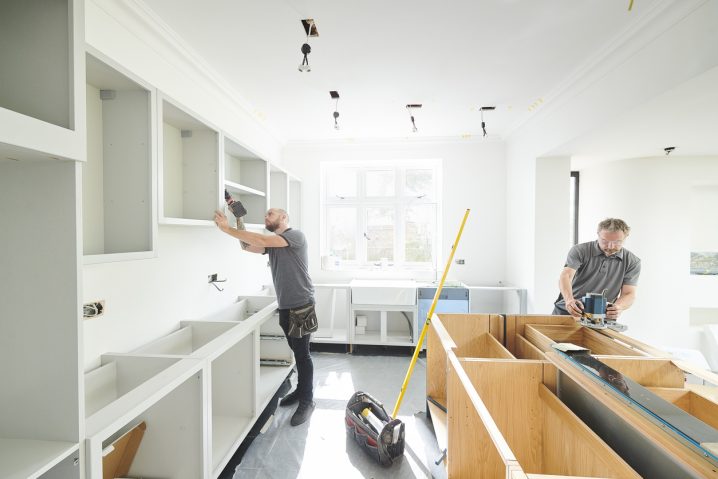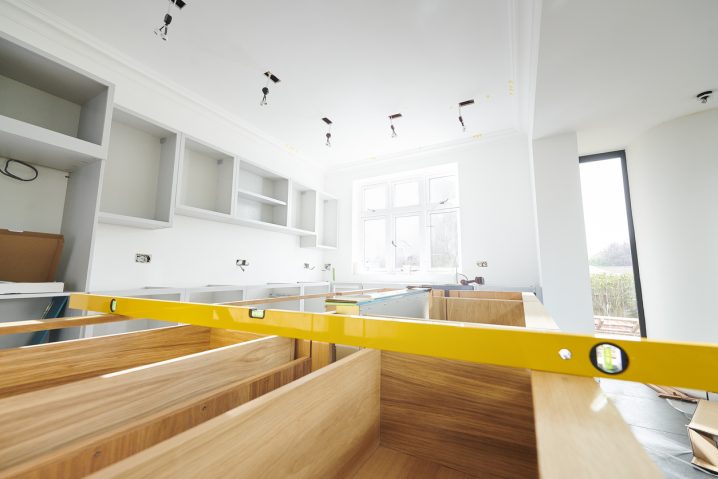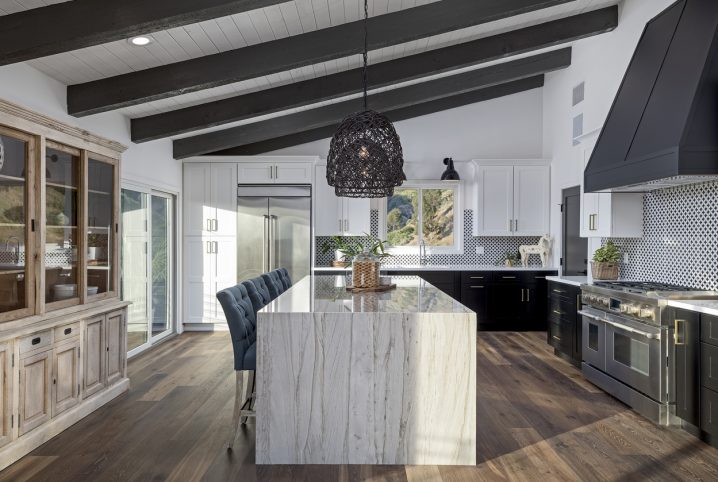So you’ve finally buckled down and resigned yourself to the fact that it’s time to replace your old kitchen cabinetry. With that decision made, it’s all going to be clear sailing from here on out, right? Not necessarily. You still need to decide between framed and frameless cabinets. While not the most difficult choice you’ll ever have to make, you’ll need to give this choice a fair amount of thought—after all, you’ll likely be living with your cabinetry choice for years to come.
Which Type of Cabinet Construction is Best for You?
Like many of the design choices you make when renovating your home, there is never truly a right or wrong answer. The best option is the one that you like the best , is the most functional to meet your needs, or both. With that in mind, let’s take a look at some of the key differences between framed and frameless cabinets to see if we can determine which is best for you.

What Are Framed Cabinets?
If you live in the United States, chances are that you’re familiar with framed cabinets, even though you might not realize it. That’s because framed cabinetry is the style more commonly created by American manufacturers. Framed cabinets consist of a 1.5-inch frame that is built into the front of the cabinet box. This additional structure is what gives the cabinetry its framed appearance.
What are the Benefits of a Framed Cabinet?
There are several benefits inherent in framed cabinetry, but perhaps the most widely cited is the additional strength and versatility the inclusion of the frame provides. Since the doors are attached directly to the frame, framed construction is much sturdier and more rigid than alternative styles. In terms of versatility, framed cabinetry also allows the homeowner to go with a partial or full overlay, inset cabinet doors or another highly customized design.

What is a Frameless Cabinet?
As much as framed cabinetry can be qualified as the quintessential American cabinet style, frameless cabinetry is the European way of manufacturing kitchen cabinets. Having said that, this style of cabinetry is surging in popularity on this side of the pond as it is viewed as a more modern and simpler approach to cabinetry design. Without a frame, this style of cabinetry is often referred to as “full access” cabinetry since access is not diminished by the inclusion of a frame at the front of the cabinet box. To make up for the rigidity otherwise provided by a frame, you can expect frameless cabinets to consist of a thicker box construction.
What are the Benefits of a Frameless Cabinet?
In terms of advantages associated with this type of cabinetry, at the top of the list you’ll find a simple aesthetic that is only made possible by doing away with the interior frame. Omitting the center support found in framed construction not only gives kitchens a more contemporary look and feel, it also makes it easier to access a cabinet’s contents and allows easier storage of items of different shapes and sizes. Frameless cabinets are automatically a full overlay look. You will have to pay extra on a framed cabinet for this.

What are the Disadvantages of Frameless and Framed Cabinets?
As stated above, neither style reigns supreme over the other. What you might consider a design flaw of one style may not even register for the next person.The right cabinet is the one that best meets your needs, budget and style. Having said that, it’s still a good idea to summarize the commonly cited disadvantages associated with framed and frameless cabinets, respectively:
Framed Cabinets:
- Less accessibility.
- Less flexibility in terms of what can be stored within the cabinet.
- Potentially viewed as less stylish or not as modern to some.
Frameless Cabinets:
- Requires thicker box construction to match the strength of a framed design.
You’ll quickly find that framed and frameless cabinet styles come with their own advantages and disadvantages. The important thing for you to do is to run through the list and ask yourself what you’d be happy with in terms of style, strength and versatility. Since coming up with this answer can be easier said than done, it might be worth it to seek out the advice of a qualified cabinet maker or manufacturer to help you decide what type of cabinetry is right for your home.



